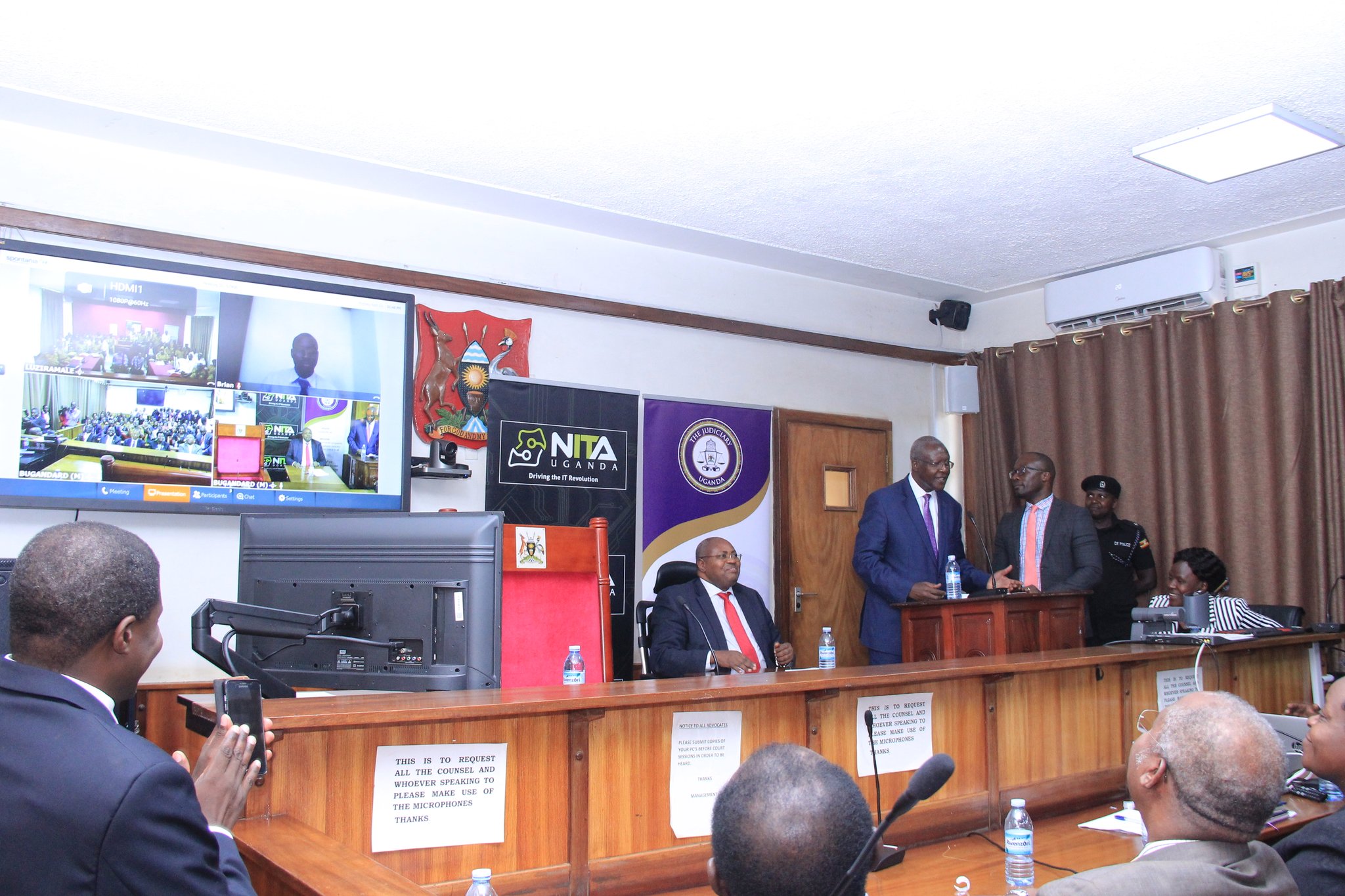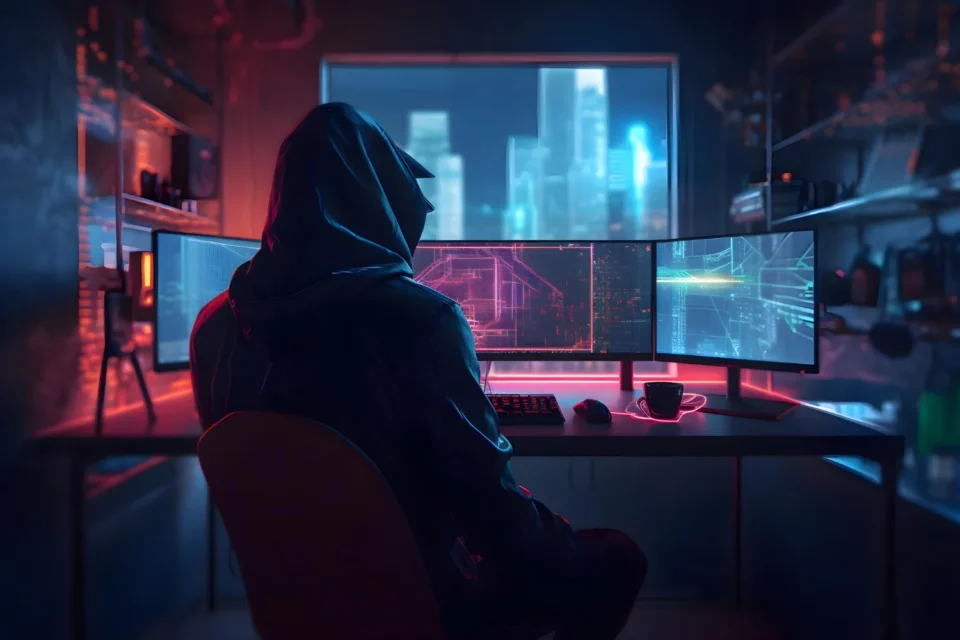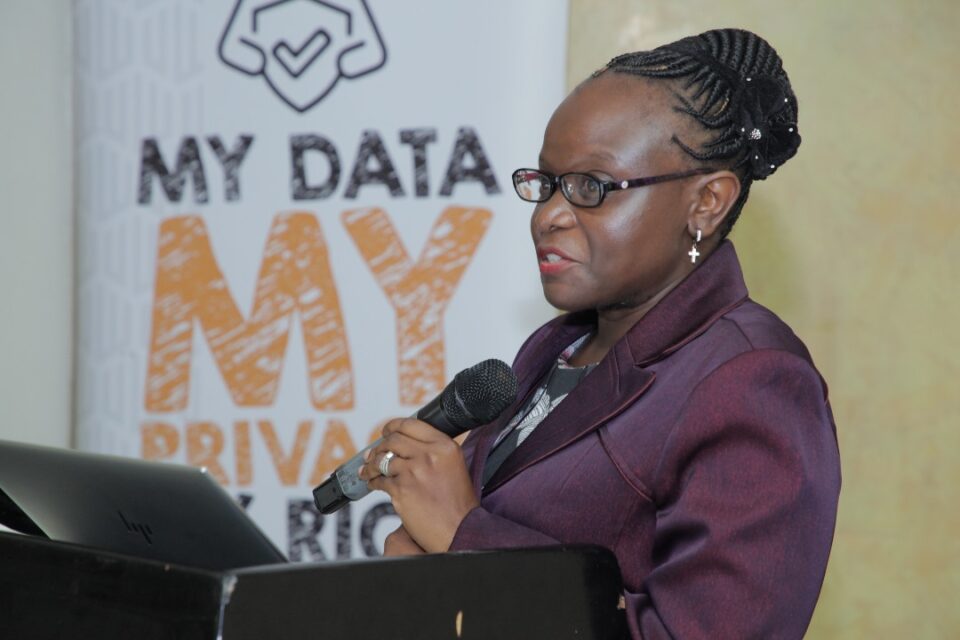Uganda’s judicial system: Virtual courts are here but no laws to regulate them

DERRICK KIYONGA
The video conferencing system between Buganda Road court and Luzira maximum prison was on Monday in a grandeur ceremony. Bart Katureebe, the Chief Justice, showed how he is still focused on his ambitious agenda: transforming the judiciary via ICT.
This effort is a follow up of what the Judiciary accomplished in August 2016, during Katureebe’s formative days as the head of one of the arms of government. Justice Katureebe back then launched the Audio- at the Criminal Division of the High Court – in Kampala. Audio- Visual link refers to giving or receiving of evidence through electronic means without a person physically appearing in court. The initiatives are part of Judiciary’s which operates under the vision “e-justiceforall” and requires shillings 42 billion. It was first launched at the criminal court only, largely due to limited funding, other courts were left out. So any judge who wanted to use the facility had to relocate court session to Court room one of the High Court criminal division where the technology was stationed. Case in point was in 2017 when the head of the Anti-Corruption Court Justice Lawrence Gidudu, who was handling the Mukono-Katosi graft case, had to transfer his case to Kololo , at least for one session. This was to facilitate court’s connection with a key witnesses in Mississippi, USA.
Two years later, the video conferencing system that Katureebe unpacked at Buganda road court will now operationalise two virtual courts that have been apparently set up within the Luzira Prison complex – one in Luzira Upper Prison Male wing and another in the Women’s prison (yet to be completed). It will be hosted at the National Data Centre under the auspices of National Information Technology Authority (NITA-U). Justice Geoffrey Kiryabwire who heads the Judiciary’s Information Technology Committee and thus has been the midwife of this technology, in a phone interview with Unwanted Witness explained how all data captured using this system will be directly transmitted to NITA.
“They have the biggest servers in the country. And they have been storing more sensitive information than the one we are going to give to them. I don’t see any reason as why we can’t trust them. As the judiciary we shall not be storing any information because our servers are small.” Justice Kiryabwire, a Court of Appeal judge, explained when tasked to explain NITA’s role.
The benefits of introducing this technology could be pretty obvious but Justice Katureebe singled out how there currently 372 prisoners on remand at Luzira. These prisoners, he said, need their cases to be mentioned in courts found in Kampala, Mpigi and Mukono Magisterial areas.
“The Logistical burden of delivering these prisoners just for short mention need not be over emphasized,” Katureebe explained, “with a single judicial officer at Buganda Road, a good number of these mentions can be aggregated before a single magistrate linked by video to prisoners in Luzira Maximum Prison. This will free up judicial man power to handle other matters especially full trials.
Of course, the chief justice had to connect this technology and how it will contribute to the reduction of the disturbing case backlog- something he has repeatedly vowed to fight.
“Our court system is already dealing with the burden of heavy backlog of cases and other matters,” Katureebe started, “video Conferencing will make such a profound difference–Instead of waiting for a certain date or time when prison officers are available to transport inmates or other parties to a hearing of a court case, video conferencing technology can be used to cut out transportation entirely.”
QUESTION MARKS
While almost all superlatives have understandably been exhausted in appreciating this technology- There are still questions marks hovering over this innovation. For instance, under which law does this system operate? And the legal framework under which the data continues to be transmitted and protected. But it seems the judiciary had adequately prepared for such issues. According to the 2016 a party can give evidence using this technology if proceedings relate to sexual or violent offences, when a witness lives outside Uganda and where it is inconvenient for one to give evidence in open court. One can also use the system for security, economic and health reasons, the judiciary says.
But Still the enabling laws for the implementation of the ICTs in the administration of justice as per Katureebe’s admission are still wanting. Quoting what he termed as pillar one of the five Year Judiciary ICT Strategy for the Financial Year2015/2016– FinancialYear2019/2020, Katureebe said it acknowledges the need for an enabling regulatory environment for an effective implementation of ICTs in the Judiciary. Besides the Audo- Visual rules, currently, Katureebe offered that 2011 laws such the Computer Misuse Act, Electronic Transactions Act, and The electronic signatures Act will suffice while conducting the Video Conferencing System. Understandably, the recently enacted Data protection and privacy Act wasn’t mentioned, as one of the legal frameworks to govern this technology. This is so because it remains toothless owing to lack of regulations to enforce it.




